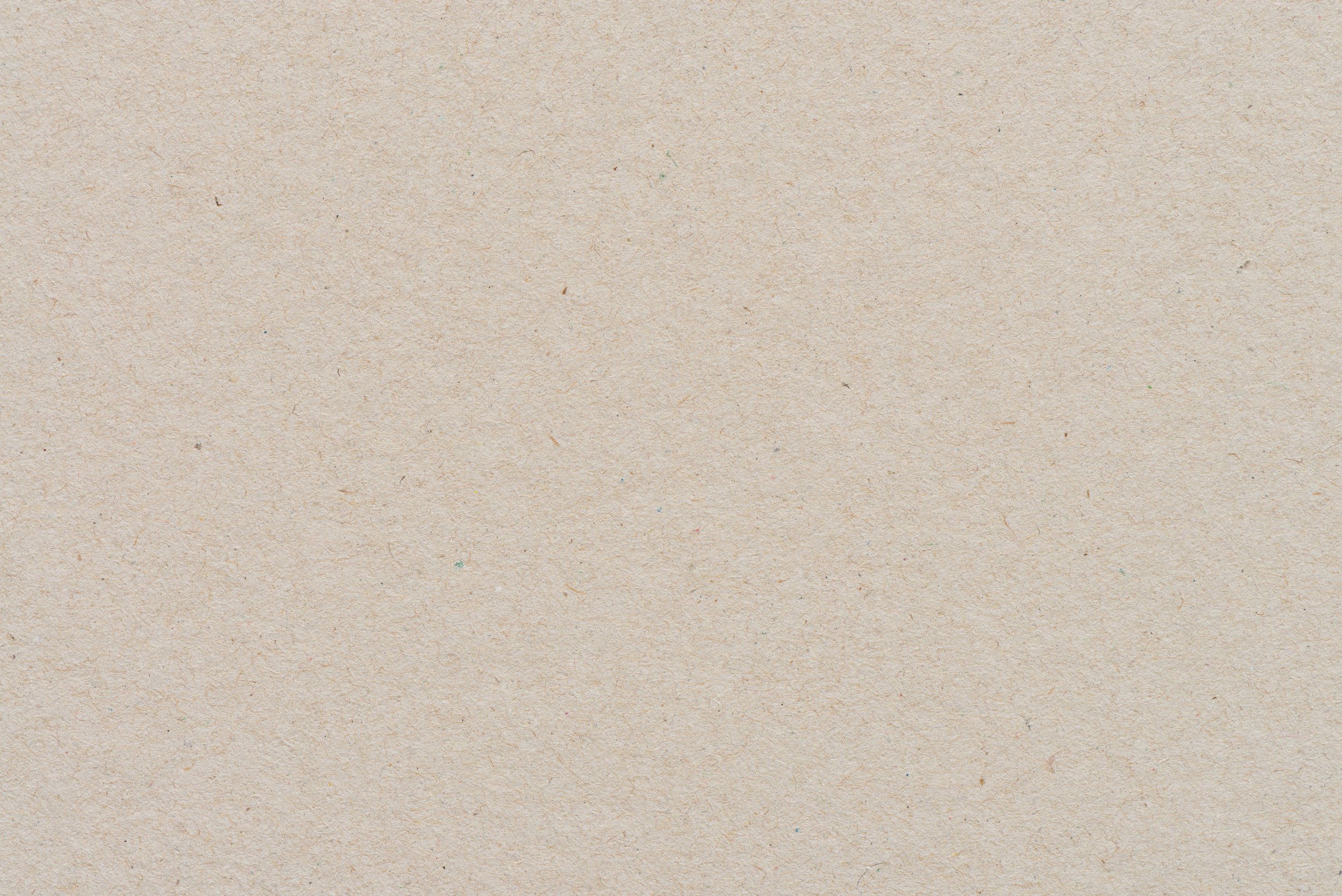
Parts of a Snail
LESSON 3
Children observe their pet snail's behavior and body parts, learn new vocabulary, and practice sharing their knowledge through hands-on activities and discussion.
The book “Are you a Snail?” by Judy Allen and Tudor Humpries
Or the book “Nature’s Carpet Sweeper” by Victoria Cox and Stan Applebaum
Fruit or veggie snack for snails
Shells
Playdough
Materials
Preparations
Gather materials.
Guide children in closely observing and understanding the behavior and physical characteristics of snails.
Encourage children to ask and answer questions about their snails.
Reinforce new vocabulary related to the anatomy and life cycle of snails.
Facilitate hands-on activities that allow children to create models of snails.
Encourage children to share their observations and creations.
Objectives for Teachers
Children observe their pet snail's behavior and physical characteristics closely.
Children develop critical thinking skills by asking and answering questions about their snail's actions and environment.
Children learn and use new vocabulary related to the different parts of a snail.
Children create models of snails using playdough and shells, reinforcing their understanding of snail anatomy.
Objectives for Children

Collect and Connect
Practice saying the poem “Don’t Rush Me Please” together with the actions you came up with.
Don’t Rush Me Please
I am a snail—
Don’t Rush me please.
I’m heading for
Those cherry trees.
I have no place
I have to be,
No pressing thing
I have to see.
I like this speed;
I like being slow;
It gives me time
To get to know
All the flowers
That I pass,
Every blade
Of every grass.
I am a snail.
This is my way.
Don’t rush me, please.
We’ve got all day.
-Barbara Vance

Activity Flow
Start this lesson by visiting your habitat to observe your pet snail. Ask these questions as you make observations:
Where is your snail in the habitat?
Are they in their shell resting or out exploring?
Did they eat any of the food you left for them?
Can you see any slime trails?
2. Making observations will help your child learn more about their snail's behavior and develop critical thinking skills by asking questions about what they see.
3. We found that our snails are often tucked away in their shells during the day in a dark place in their habitat. For this activity, we want to observe our snails out of their shells and on the move. Gently remove your snail from the habitat and place it on a fruit or veggie snack. After a few minutes, the snail should emerge and start snacking or move to find a nice dark resting spot. During this time, we will make observations of the parts of the snail.
4. Encourage your child to observe the snail closely as it eats or moves. Here are some questions you could ask:
What parts of the snail can you see?
Can you see the snail's eyes? Where are they located?
What does the snail do when it encounters different textures, like the surface of the fruit or veggie?
Does the snail leave any traces behind as it moves?
How does the snail interact with its surroundings?
What do you notice about the snail's behavior while it's eating?
Can you see any patterns or markings on the snail's shell or body?
How does the snail respond if you gently touch it?
5. After observing your snail, carefully return it to its habitat. Then, open your book "Are You a Snail?" Or “Nature’s Carpet Sweeper,” and begin reading. Explain to your child that as we read, we’ll discover the names and functions of the different parts of the snail we observed. Here are the parts to discuss as we read:
Tentacles: Mentioned as "horns" and "stalks" in the story. They help the snail feel and sense its surroundings.
Eyes: Found at the end of the longer tentacle. They help the snail see and detect light and movement.
Shell: The hard outer covering that protects the snail's body. It provides shelter and defense against predators.
Foot: The part of the snail's body it uses to move along surfaces. It helps the snail crawl and explore its environment.
6. Next, using the shells and playdough, let's create snails with each of their different parts. Practice using the new vocabulary and terms we learned today as you mold and shape them.
7. Conclude the lesson by sharing your creations with each other and, if possible, with other family members. This way, they can practice sharing the new knowledge gained about snails and their different parts.




